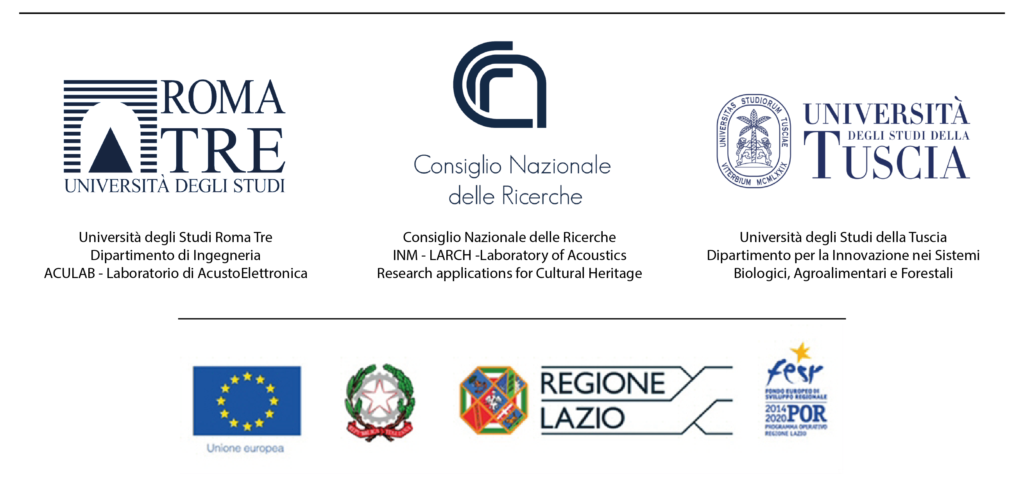Technology
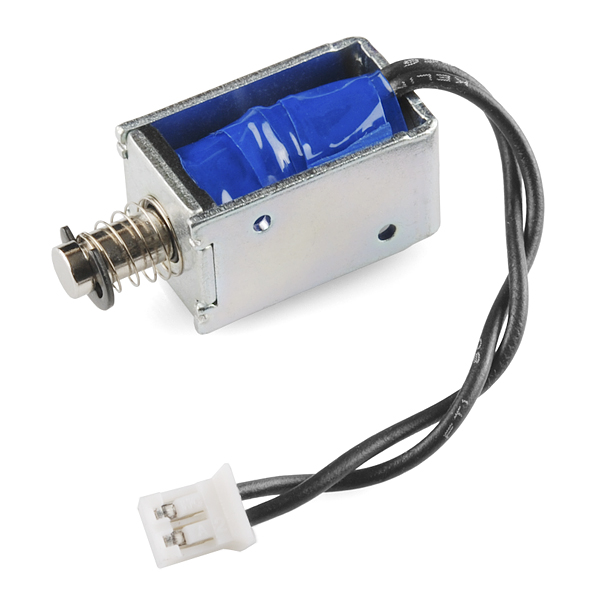
Signal conditioning hardware
To induce linear motion to a hitting plunger, PICUS uses a a very low cost solenoid (ZH0‐0420S‐05A4.5). The essential parts of the PICUS System gravitate around an advanced microcontroller board, called Fishino32, marketed at low cost from various sources. The board uses a 32-bit PIC32MX CPU with high performance due to a 120 MHz clock, 512 KBytes of flash and 128 KBytes of RAM, an integrated WiFi module, an integrated microSD card slot (up to 32 GBytes), an RTC module (a clock/calendar), an integrated stereo audio codec, and can be powered by a single-cell LiPo battery.
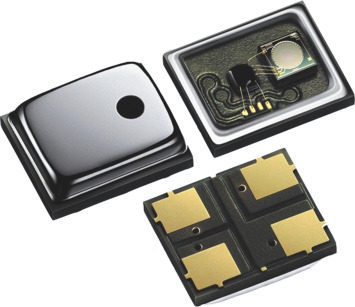
Microcontroller and microphone
The microcontroller will need to manage the probe (the so-called “hammer”) that impacts the surface, which is made by means of a simple controlled solenoid, a force sensor applied to the end of the solenoid that impacts the surface under test, to measure (and control) the impact force that is calibrated, and a MEMS microphone (e.g., such as those found in cell phones) that is recorded thanks to the audio codec on the microcontroller board.
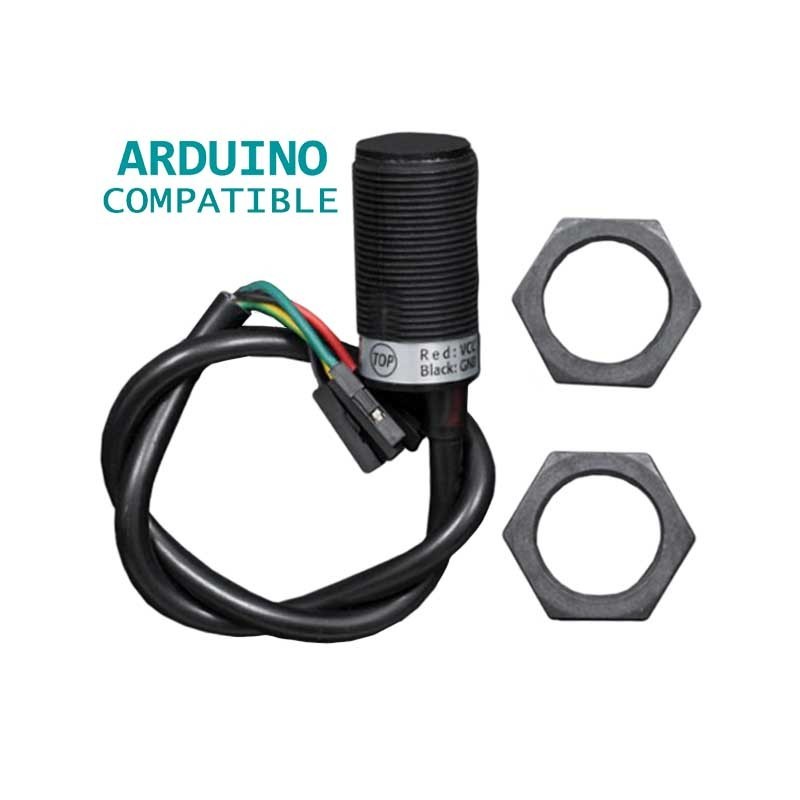
Geo-referencing system
In addition, a geo-referencing system has been designed and managed based on an local platform with which the system will be equipped.
An IR Camera, wit a field of 33° X per 23° Y, follows a IR Led mounted on the probe, assigning each measure a couple of local coordinated X,Y in order to localise the measure on the plane.
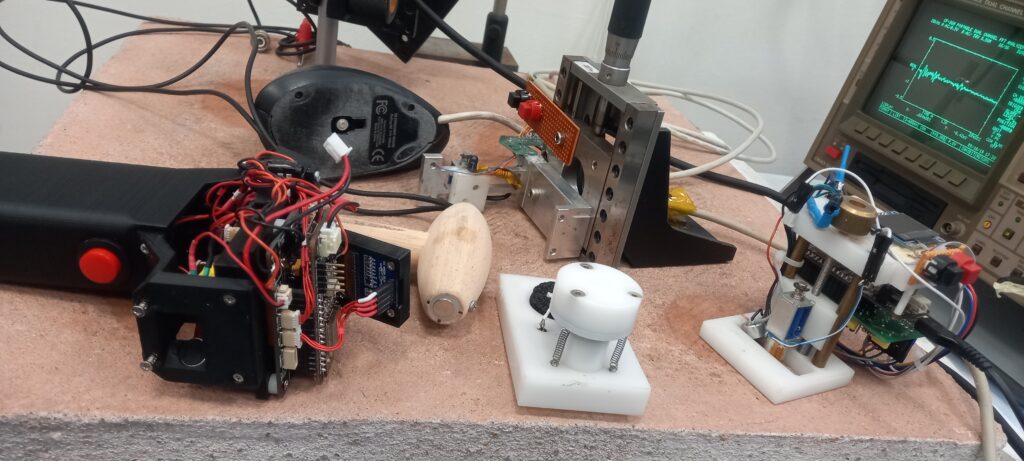
A service display and a number of buttons complete the system. The presence of a microSD card slot (mass storage) makes it possible to have a kind of hard-disk on board the system to eventually store all the signals acquired, in case post-processing is to be performed on a remote computer. The presence of an on-board WiFi link can be used to real-time connect the system to a remote PC to transfer the signals to be analyzed. The “power management” and battery management provided ensure a long life span for field operations (at least 10 continuous hours). Many passages have been made to define the actual HW. A whole family of PICUS prototypes, including an instrumented hammer, have been constructed in AcuLab.
Let’s try PICUS on your Lab!
Book a DEMO
